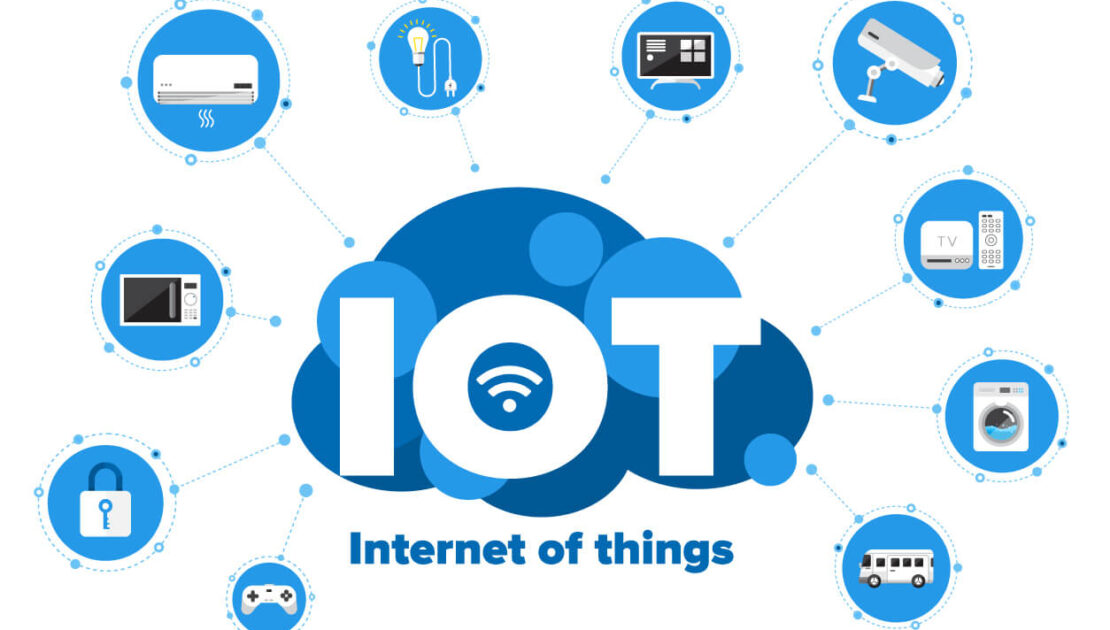[mc4wp_form id=”2320″]
IoT vulnerabilities to be aware of
-
March 13, 2024
- Posted by: Evans Asare

IoT vulnerabilities to be aware of and its protection tips.
IoT devices are particularly vulnerable to cyberattacks because they often lack many of the integrated security features commonly found in traditional networked devices such as computers, smartphones, and tablets.
What are IoT devices?
Internet of Things (IoT) devices are household electronics that can connect to the internet. IoT devices include smart TVs, smart speakers, activity trackers, connected toys, smart appliances like refrigerators, and “smart home” devices like Amazon’s Alexa and Google Home.
Here are some of the main potential IoT security problems:
- Limited security: Internet connectivity is only part of what makes IoT devices work, and they may not have as much built-in security as computational devices and smartphones.
- Lack of security awareness amongst users: While just about everyone knows their phone or laptop can be vulnerable to viruses and other malware, some users may be unaware that their IoT devices can also get hack.
- Limited computational power: Because most IoT devices connect to the internet for a specific purpose, their computing power is usually lower than devices that have full access to the internet.
- Hardware limitations: This IoT vulnerability is related to computational power limitations. IoT hardware may have limited capacity or may be incompatible with some types of software.
- Portability: While portability makes many IoT devices such as smart watches convenient to use, it also increases the chances of theft, as well as connecting to an unsafe network.
How IoT vulnerabilities affect users:
Because IoT devices can access your sensitive information including your biometric data, spending habits, bank accounts, and daily routines, IoT vulnerabilities that expose you to hackers, scammers, or other cybercrooks represent a serious risk to both your digital and physical privacy and security.
Compromised IoT devices may result in the following hacks and exploits:
- Lateral network movement: Hackers may be able to use a single compromised IoT entry point as a backdoor to access other devices on your home network.
- Botnets: IoT devices can be use as part of a larger bot network to launch attacks on a bigger target, usually managed from a central server.
- Unauthorized data access: Hackers may be able to access personal information store on an IoT device, especially if it’s not properly secured.
- DDoS attacks: If an IoT device stops working as it should and denies you access, it’s most likely a DDoS attack on the network.
How to protect against IoT vulnerabilities:
- Use complex passwords, patterns, and PINs: Make sure to use different characters, symbols, and capitalization patterns for each of your online accounts to ensure they’re strong and hard to guess. And as these types of passwords can be hard to remember, consider a password manager that will keep your passwords safe and organized for you.
- Enable lock screens: Most IoT devices lock up when not in use and require you to sign in again to access them. To keep your devices protected, enable lock screens so people don’t have direct access to your information.
- Use voice command: Voice command, or voice activation, has become almost standard on new IoT devices. Not only does this make our busy lives easier, but it can also help make device use more secure. Voice-recognition software is often enable to respond only to their owner’s voice.
- Set up two-factor authentication: Enabling two-factor authentication (2FA), or multi-factor authentication, on all your IoT devices adds a second verfication step to the sign-in process. 2FA makes use of another device or feature, such as email or SMS, that you have access to, making it harder for hackers to log in.
- Make patching security issues routine: Set up security features when activating your device. And every so often, consider visiting your device manufacturer’s website to manually search for downloadable security patches that can resolve bugs and security flaws.
- Consider segmenting networks: This can be done by creating a guest network for your more vulnerable IoT devices, such as gaming consoles, smart speakers, and smart TVs. Segmenting your network can prevent compromised devices from gaining access to your primary network, which most likely hosts the information hackers are after.
- Be on top of your IoT network security: Regularly check for unapproved devices that have found their way onto your network. Taking the time to vet the network your IoT device is on can lessen the likelihood of your data falling into the wrong hands.
- Use antivirus software: Software design to protect against hackers and malware attacks will help keep your smartphone, computer, and tablet safe in the event that IoT devices are used as an entry point for an attack. When searching for antivirus software, look for software that provides comprehensive protection against the array of today’s digital threats.

Thanks for sharing. I read many of your blog posts, cool, your blog is very good.
Your article helped me a lot, is there any more related content? Thanks!
Thanks for sharing. I read many of your blog posts, cool, your blog is very good. https://accounts.binance.com/tr/register-person?ref=W0BCQMF1
Thank you for your sharing. I am worried that I lack creative ideas. It is your article that makes me full of hope. Thank you. But, I have a question, can you help me?
https://t.me/orgoniteuniverse
am siteleri bingoxx.EIwm3jldhQAk
https://t.me/orgoniteuniverse
заказать раскрутку сайта в москве заказать раскрутку сайта в москве .
https://t.me/orgoniteuniverse
I really love your blog.. Pleasant colors & theme. Did you create this web site yourself? Please reply back as I’m planning to create my own personal site and would like to know where you got this from or exactly what the theme is named. Thank you!
https://t.me/orgoniteuniverse
I love looking through a post that can make men and women think. Also, thank you for permitting me to comment.
https://tastyslips.com/it/vendors/littledream20
buy generic cialis online: when does the cialis patent expire – cialis samples
black cialis cialis side effects a wife’s perspective or cialis walmart
http://www.yakubi-berlin.de/url?q=https://tadalaccess.com cialis male enhancement
cialis pills pictures buy generic cialis and does cialis lowers blood pressure cialis coupon rite aid
how to take liquid tadalafil: tadalafil generic reviews – how many 5mg cialis can i take at once
what is the generic for cialis prices of cialis or buy tadalafil online canada
http://calendar.allcapecod.com/calendar_frame.cfm?id=97471&site=https://tadalaccess.com cialis sample request form
=where+can+i+buy+viagra+online+cheap</a]buy cipla tadalafil cheap cialis and tadalafil and sildenafil taken together cialis mit paypal bezahlen
buy cialis online australia pay with paypal TadalAccess what is cialis used for
what possible side effect should a patient taking tadalafil report to a physician quizlet: Tadal Access – online cialis prescription